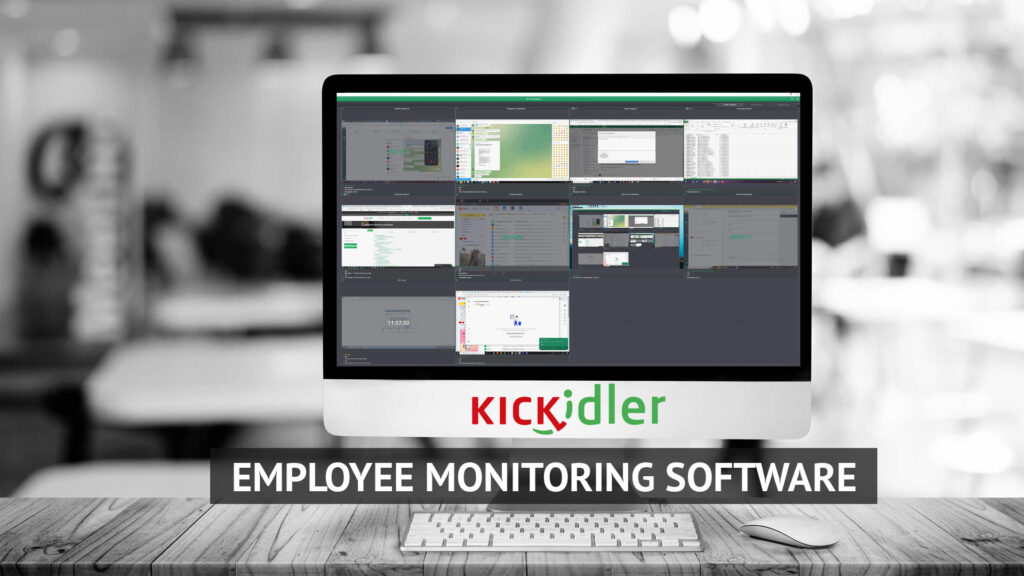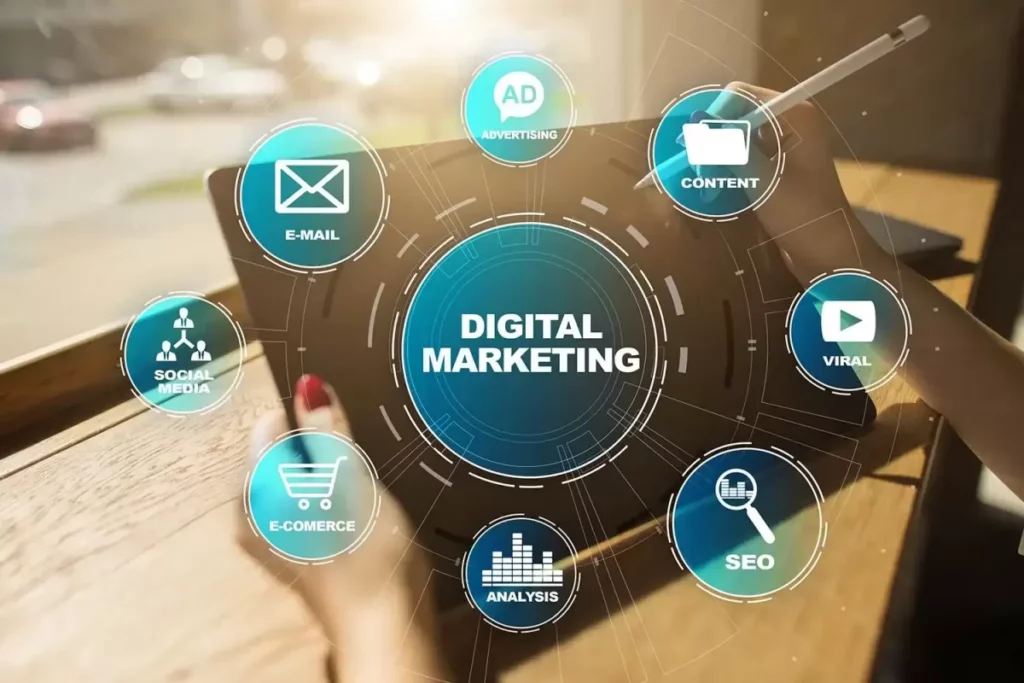Table of Contents
Defining Employee Monitoring Software
Employee monitoring software refers to programs that track employee device usage, applications, internet activity, and general productivity. They provide employers with visibility into how workers spend their time and interact with company systems. Leading solutions come equipped with features like:- Screen monitoring – Captures on-screen activity at customizable intervals.
- Time tracking – Records time spent on tasks and projects.
- Activity monitoring – Logs applications used, websites visited, and documents accessed.
- Geofencing – Registers when employees arrive or leave set locations.
- Alerts – Notifies managers of inappropriate usage in real-time.
- Productivity optimization – Sets goals and limits distracting apps.
- Custom analytics – Generates reports with actionable metrics.
The Benefits of Employee Monitoring Done Right
Used ethically, employee monitoring software provides advantages for both employers and staff:- Increased Productivity – By deterring distractions, monitoring keeps employees focused on work. Goals and metrics further optimize activities.
- Enhanced Compliance – Activity logs help organizations adhere to regulations regarding data security, privacy, and appropriate communications.
- Improved Insights – Granular analytics identify high and low productivity periods, guiding operating decisions.
- Real-Time Alerts – Inappropriate behavior like harassment or improper usage can be immediately flagged to human resources.
- Remote Work Management – Monitoring tools verify remote employee productivity and time tracking.
- Evidence for Terminations – Documentation of consistent policy violations supports fair disciplinary actions.
- Opportunities for Improvement – Employees can self-evaluate periods of distraction and wasted time when presented with neutral data.
Key Features and Functionality
Mature monitoring platforms like [Brand] offer robust capabilities:- Custom Screen Grabs – Managers can request screenshots of employee monitors at variable intervals, even recording short videos. AI removes sensitive information.
- Hybrid Time Tracking – Calendar integrations auto-log time alongside manual entry options. Geofencing confirms attendance.
- Activity Prioritization – Employees can designate important apps while restricting recreational browsing.
- Project Dashboards – Real-time metrics foster collaboration by displaying team productivity levels.
- Custom Reporting – Admins can tailor reports to focus on metrics like application usage, idle time, and goal progress.
- Data Anonymization – Employee identities remain private while patterns and anomalies are highlighted.
- Role-Based Permissions – Data access can be restricted and audited to prevent misuse.
Use Cases Across Industries
Major companies across sectors leverage monitoring to enhance productivity:- Healthcare – Ensure patient data compliance and treatment standards.
- Financial – Record trading activities and client communications.
- Legal – Track billable hours and safeguard sensitive materials.
- Retail – Monitor customer service and POS application use.
- Manufacturing – Verify assembly benchmarks and quality controls.
- IT – Manage remote developers and back-office efficiency.
Navigating Privacy Concerns
Employee monitoring inevitably raises questions around privacy rights. While employers have discretion to monitor company-owned devices, limitations include:- Only capturing essential activities required for the role.
- Avoiding unauthorized surveillance off the clock.
- Masking private communications and web activity.
- Anonymizing user data in reports.
- Disclosing monitoring policies in workplace technology agreements.
- Securing data storage to prevent leaks or unauthorized access.
Choosing Monitoring Software
So how should businesses evaluate solutions? Key criteria include:- Integration Capabilities – The tool should sync with existing HR systems and IT infrastructure. APIs enable customization.
- Scalability – The platform can expand from small teams to enterprise-level clients.
- Data Security – End-to-end encryption and access controls prevent leaks.
- Support and Training – Knowledgeable representatives quickly resolve technical issues.
- User-Friendliness – The interface is intuitive for admins, managers, and employees. Easy to generate reports.
- Configurability – Visible data points and alerts can be customized to balance oversight with privacy.
 socialhead
socialhead


